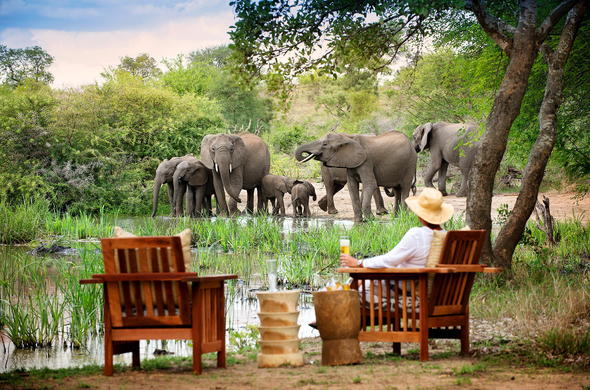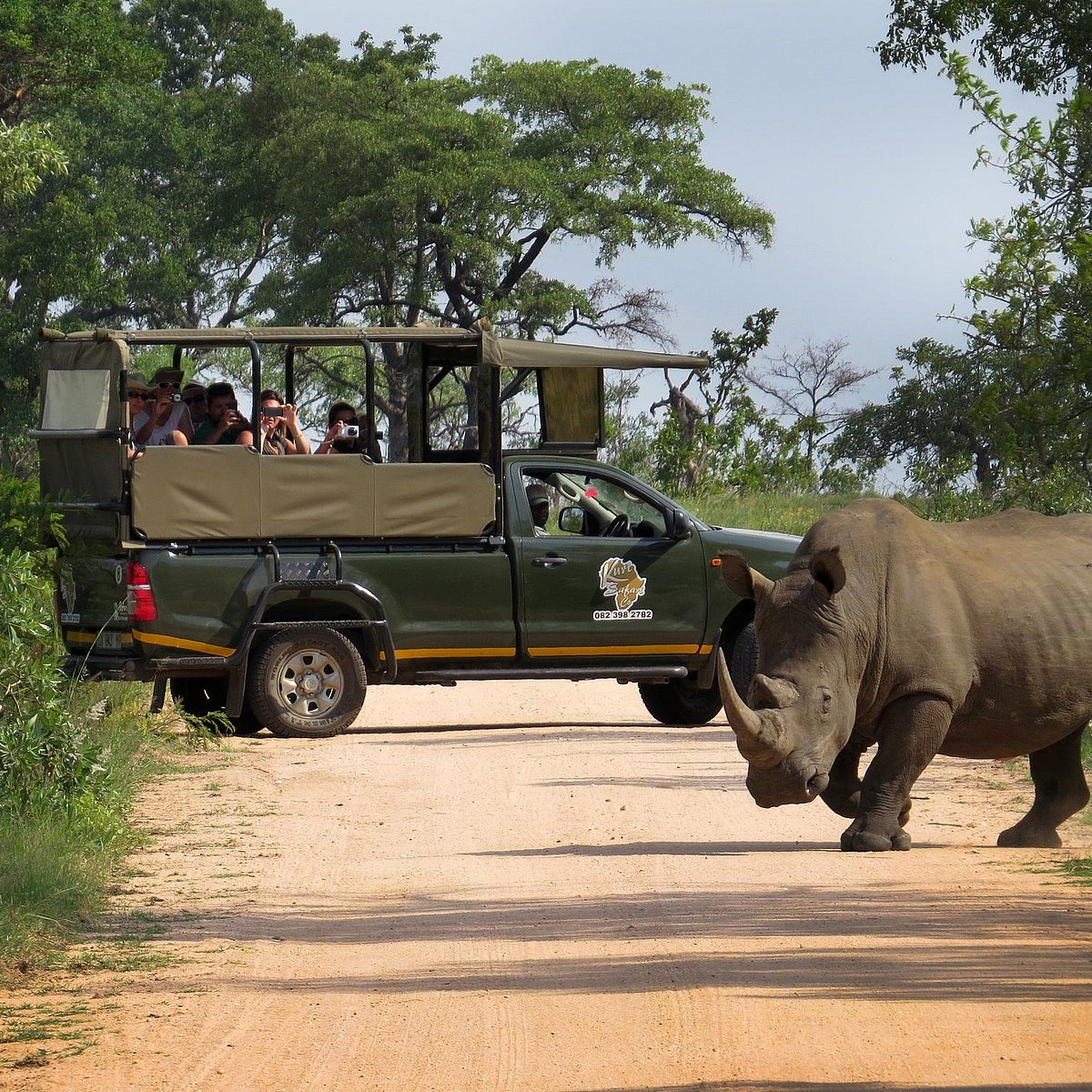Checking Out the Majestic Wildlife and Scenic Landscapes of Kruger Park Safaris: An Extraordinary Journey Waits For
Kruger Park, a keystone of South Africa's natural heritage, uses an intricate tapestry of wild animals and breathtaking landscapes, welcoming expedition and engagement with its varied ecosystems. As visitors endeavor into this extensive refuge, they experience not just the legendary Big 5 yet also a riches of various other species that enhance the park's biodiversity.
Introduction of Kruger Park
Among South Africa's largest and most prominent video game books, Kruger National Park covers roughly 19,485 square kilometers in the northeastern area of the country. Developed in 1898, it is a cornerstone of preservation efforts, showcasing diverse ecological communities that include savannas, forests, and riverine woodlands. The park is home to an impressive range of wild animals, with over 500 bird varieties and countless mammals, reptiles, and plants, making it a biodiversity hotspot.
Kruger National Park is split right into numerous areas, each offering one-of-a-kind landscapes and habitats, thus enhancing wildlife seeing chances. Site visitors can check out the park via self-drive courses or led safaris, enabling an immersive experience in nature. The park's infrastructure includes well-maintained roads, rest camps, and picnic locations, ensuring availability for all kinds of vacationers.
In Addition, Kruger National forest plays a crucial duty in education and learning and study, adding to international preservation initiatives. The park's commitment to sustainable tourism advertises responsible wildlife watching, cultivating a much deeper recognition for South Africa's natural heritage. With its spectacular scenery and rich biodiversity, Kruger National forest continues to be a leading destination for experience hunters and nature enthusiasts alike.
The Big 5 Experience
Kruger National Park is renowned for providing visitors the opportunity to come across the renowned Big 5, which consists of the lion, leopard, elephant, buffalo, and rhinoceros. This distinct opportunity to observe these magnificent pets in their all-natural environment attracts wild animals lovers and journey hunters from around the world.
The excitement of spotting the Large Five is not merely regarding the animals themselves yet likewise the context of their environment. Each safari offers a new journey, as guides share insights right into the behaviors, environments, and preservation efforts bordering these types. The evasive leopard, usually seen resting in the trees, showcases the beauty of agility and stealth, while the enforcing elephant herd highlights the value of social frameworks within wildlife areas.

The Cape buffalo, understood for their unforeseeable nature, adds an element of enjoyment to any safari. This immersive experience cultivates a much deeper gratitude for wildlife and emphasizes the value of protecting these incredible animals for future generations.
Picturesque Landscapes and Ecosystems
Often celebrated for its impressive appeal, the landscapes of Kruger National Park offer a varied tapestry of environments that improve the safari experience. Spanning virtually two million hectares, the park is home to a plethora of environments, consisting of savannahs, wetlands, timberlands, and rivers. Each environment is uniquely interwoven, developing a vibrant setting that supports a variety of flora and animals.
The savannahs, characterized by huge grasslands dotted with acacia and baobab trees, provide suitable grazing grounds for herbivores like wildebeests and zebras. In contrast, the dense timberlands and thickets provide haven for predators and smaller varieties, fostering a rich biodiversity. The park's waterholes and rivers are lifelines for wildlife, drawing in a wide variety of pets, specifically during the dry period.
This intricate interplay of ecological communities not only supports the park's famous wild animals but likewise provides site visitors with stunning views, from rolling levels to dramatic rocky outcrops. Whether passing through open savannahs or discovering thick bushveld, the scenic landscapes of Kruger National forest assure to leave an enduring mark on every safari enthusiast's heart.
Best Times to Check Out
Recognizing the very best times to visit Kruger National Park can considerably improve the safari experience. Kruger park safaris. The park experiences 2 key periods: the completely dry winter season from May to September and the damp summertime from October to April. Each season offers unique advantages for wildlife viewing and landscape gratitude
During the dry season, pets gather together around water sources, making wildlife finding more foreseeable. The plant life weakens, giving clearer exposure for sightings of the Big Five and other species. This period is particularly prominent amongst tourists because of the favorable problems for game drives and guided strolls.
Conversely, the wet season, defined by lavish landscapes and dynamic vegetation, is excellent for birdwatching fanatics. Kruger park safaris. Migratory birds are bountiful, and the park ends up read the full info here being a sanctuary for numerous bird types. Additionally, this period notes the birth of many young pets, offering an opportunity to witness the interesting dynamics of wildlife communications
Inevitably, the very best time to go to depends upon individual choices, whether one seeks the simplicity of wild animals discoveries or the appeal of a flowering ecological community. Regardless of the season, Kruger National Park assures an unforgettable adventure for all our website that venture into its wild embrace.
Safari Tips and Standards

Think about the time of year when planning your safari. The dry period, from May to September, normally offers much better wild animals watching possibilities. Gown in neutral colors to blend into the atmosphere, and prevent bright or flashy clothing that might surprise animals.
Pack essentials such as binoculars, an electronic camera, sunscreen, and insect repellent. Remaining moisturized is crucial-- carry sufficient water for your group. In addition, bear in mind the park's wildlife; observe from a distance and never effort to feed or prompt animals, as this can alter their natural actions.
Involve with skilled overviews, who give important understandings and improve your understanding of the environment. Strategy your safari with patience and an open heart, enabling for spontaneous moments that will produce extraordinary memories in this spectacular landscape.
Final Thought
To conclude, Kruger Park supplies an unparalleled opportunity to involve with diverse wildlife and awesome landscapes. The park's dedication to preservation and education enhances the safari experience, permitting site visitors to value the complex equilibrium of environments. Seeing the Large Five and discovering different surfaces promotes a much deeper understanding of South Africa's natural heritage. With cautious preparation and adherence to standards, an experience in Kruger Park guarantees go to be both improving and remarkable for all who start this trip.
Kruger Park, a keystone of South Africa's all-natural heritage, uses an intricate tapestry of wild animals and impressive landscapes, inviting expedition and engagement with its varied ecosystems.Kruger National Park is split right into different regions, each offering special landscapes and environments, hence improving wild animals viewing opportunities. The park's waterholes and rivers are lifelines for wild animals, drawing in a variety of pets, specifically during the completely dry season.
In addition, be conscious of the park's wildlife; observe from a distance and never effort to feed or provoke pets, as this can change their all-natural actions.
